Historic change to audit inspection reports announced by Canadian accounting watchdog
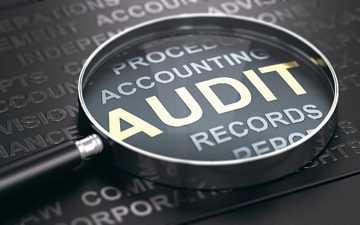
With its rules now changed, the Canadian Public Accountability Board will begin to name names in its annual audit inspection reports, beginning in Q1 2026
TORONTO, Sunday, March 30, 2025 – Canadians will soon know which accounting firms are passing or failing their annual audit inspections. For the first time since its founding in 2003, the Canadian Public Accountability Board will publish individual, “firm-specific” public inspection reports, commencing with 2025 inspections and expected to be published in the first quarter of 2026.
The changes occur after years of industry consultation, government relations and media coverage. As reported by the Globe and Mail, the changes were supported by the Big Four accounting firms but opposed separately by BDO Canada LLP and Grant Thornton LLP, during the initial consultation period in 2022. Changes were also opposed by the Order of Chartered Professional Accountants of Quebec, which has a unique regulatory oversight regime and a provincial charter of rights.
The Canadian audit watchdog worked with the relevant legislative and regulatory bodies to adopt changes to CPAB’s rules and legislation — most notably, Ontario’s Canadian Public Accountability Board Act and national instrument 52-108 of the Ontario Securities Commission.
“This is a significant milestone for CPAB,” said CPAB CEO Carol Paradine in a statement, “and I sincerely appreciate the support of our stakeholders, the relevant provincial government and securities regulators, and the CPAB team. These approvals are a final step in our initiative to enhance the information we disclose and will allow us to provide greater transparency for the investing public, audit committee chairs and other stakeholders across Canada.”
In addition to publishing firm-specific inspection reports, CPAB announced other changes, some of which were already effective or voluntarily complied to currently by some accounting firms. They include mandatory disclosure of issuer-specific significant inspection findings to their audit committee; disclosing significant enforcement actions imposed on a firm; disclosing recommendations that were included in a firm report but not addressed by the firm; and implementing changes required to improve operational efficiency and administrative processes.
Change follows American practices and media coverage
The Public Company Accounting Oversight Board in the United States has published firm-specific inspection reports since 2004. Under the direction of PCAOB Chair Erica Y. Williams, the US audit watchdog has built a robust online database of inspection reports and enforcement actions, levied historic fines, and influenced accounting firms to voluntarily identify potential issues that compromise auditor independence.
In 2008, CPAB Chair Nicholas Le Pan told the Globe and Mail that, five years after its founding, the organization has "actually started to become effective," due largely to the complexity of Canadian regulatory regimes.
The late Brian Hunt, a CPAB founding director who served as chief executive from 2009 to 2018, spoke of the founding of CPAB in Canadian Accountant as a “made-in-Canada solution” to the introduction of the Sarbanes-Oxley Act in the United States: "Rather than allowing the United States to dictate the rules in Canada for companies that traded in both jurisdictions … 'we need[ed] to form our own PCAOB in Canada.'"
Canadian Accountant has reported on the differences between PCAOB and CPAB inspection reports since 2019. In 2021, David Milstead of the Globe and Mail drew attention to the issue in an opinion column, Canada’s accounting-firm problem child remains a mystery. Milstead reported on the CPAB changes this past week, beginning with “The country’s top audit regulator is going to start naming names.”
Currently, the Canadian Public Accountability Board rounds up all its inspection reports in interim and final reports, and then provides an overall percentage of “significant deficiencies” for various tiers of the audit industry, as well as comments on trends and areas of risk.
Colin Ellis is a contributing editor to Canadian Accountant.





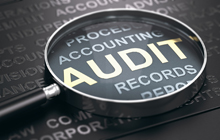
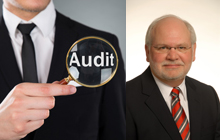
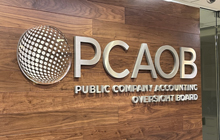

(0) Comments